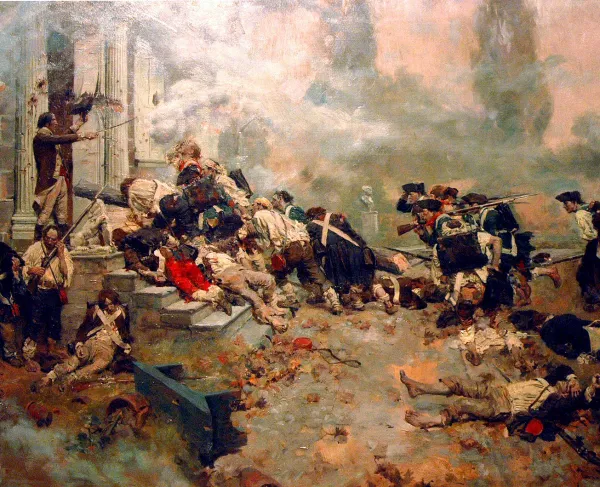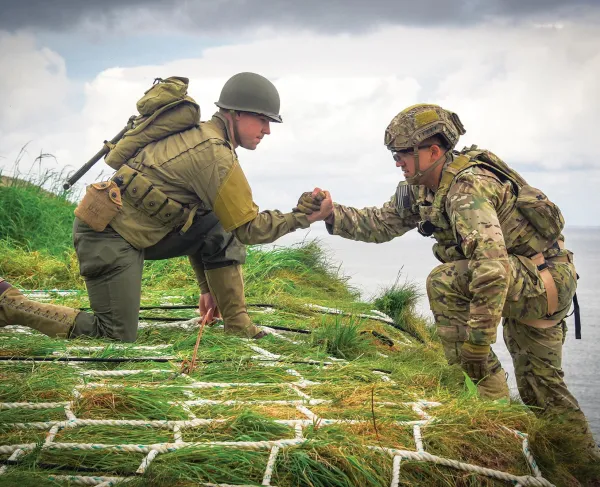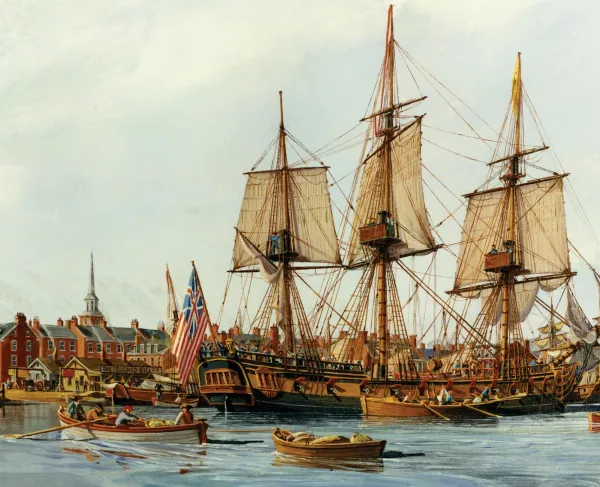Pennsylvania National Guard Unit
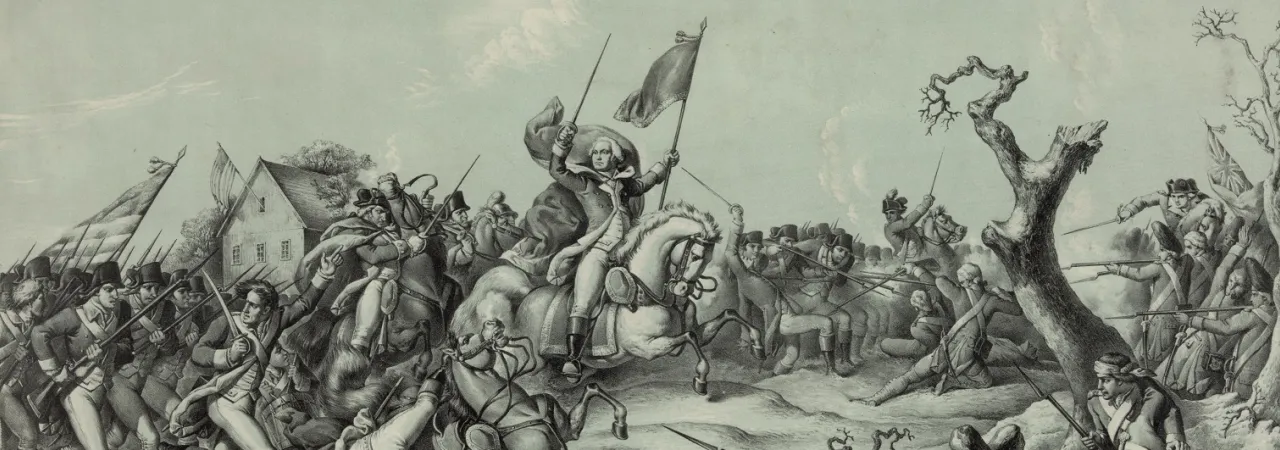
The distinguished history of the Pennsylvania National Guard dates back to 1747 when, under the leadership of Benjamin Franklin, 1200 volunteers organized to protect the colony from a potential Spanish and French invasion. In 1755, increased threats by Indians and the French on the western Pennsylvania frontier convinced the Pennsylvania Assembly to pass the Militia Act, which officially recognized Franklin’s 1747 “Associators,” and sanctioned the organization of further units of volunteers for the protection of the colony. The Assembly supplemented this volunteer force with a compulsory militia through the passage of new law in 1757, which required all males between the ages of seventeen and forty-five to enroll. The compulsory militia would exist until 1858 when the state legislature declared that all future state militias would consist solely of volunteers.
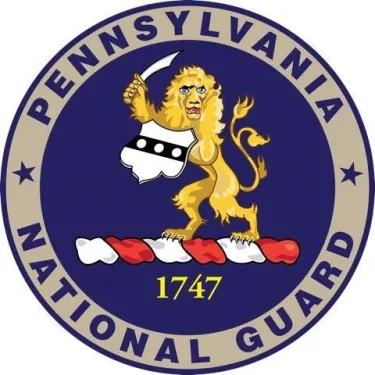
The Pennsylvania Militia expanded rapidly throughout the late eighteenth and nineteenth centuries. The antecedents of several modern-day Pennsylvania National Guard units saw distinguished service during this time. During the Revolutionary War, the “Washington Grays,” or “Dandy First” (predecessor to today’s 103rd Engineer Battalion), fought under the official designation of the Philadelphia Artillery Battalion in multiple battles, including Trenton, Princeton, Monmouth, Brandywine, Germantown, and Yorktown.
One of the Guard’s most distinguished units, the “First Troop,” also played a key role in numerous, iconic Revolutionary War battles such as Trenton, Princeton, Brandywine, Germantown, Valley Forge, and multiple engagements around Philadelphia itself. Comprised largely of members from prominent, local social organizations, the First Troop routinely escorted General George Washington on various military excursions throughout the colonies, and was frequently selected for the privilege of relaying dispatches for the Committee of Safety, transporting prisoners and spies, and delivering money to the Continental Army.
Prior to the Battle of Trenton (December 26, 1776), the First Troop was charged with guarding the rear of the Continental Army during its retreat across the Delaware, all the while under pursuit by Lord Cornwallis’s British and Hessian forces. On December 25, 1776, the Troops embarked on a hazardous re-crossing of the Delaware with the rest of the Continental Army, fording the icy waters on their horses in the darkness of night. The Troop later served as the escort to General Washington during the Battle of Trenton itself, with elements of the Troop capturing a small contingent of Hessians whom they encountered in a barricaded farm after an intense firefight.
Prior to the January 3, 1777 Battle of Princeton, in addition to providing valuable reconnaissance to General Washington, twenty-two Troopers routed a detachment of Lord Cornwallis’s dragoons from the roads leading to Princeton, allowing the Army to march on the town. During the battle itself, the Troopers fought alongside General Washington in a counterattack against British forces on the property known today at the Washington’s Charge Site, routing three British regiments prior to the Army’s withdrawal to Morristown. The Troop’s rear-guard action saved the Army’s artillery train that day. The Troop later served as detachments at Valley Forge throughout the long winter months, ultimately earning the distinction of being the first unit to reenter the city of Philadelphia (under the command of General Benedict Arnold) following the British retreat. For their distinguished served during the war, the Troop won the honor of receiving the captured British standards following the surrender at Yorktown on October 19, 1781, which the Troop later paraded through the city and presented to Congress.
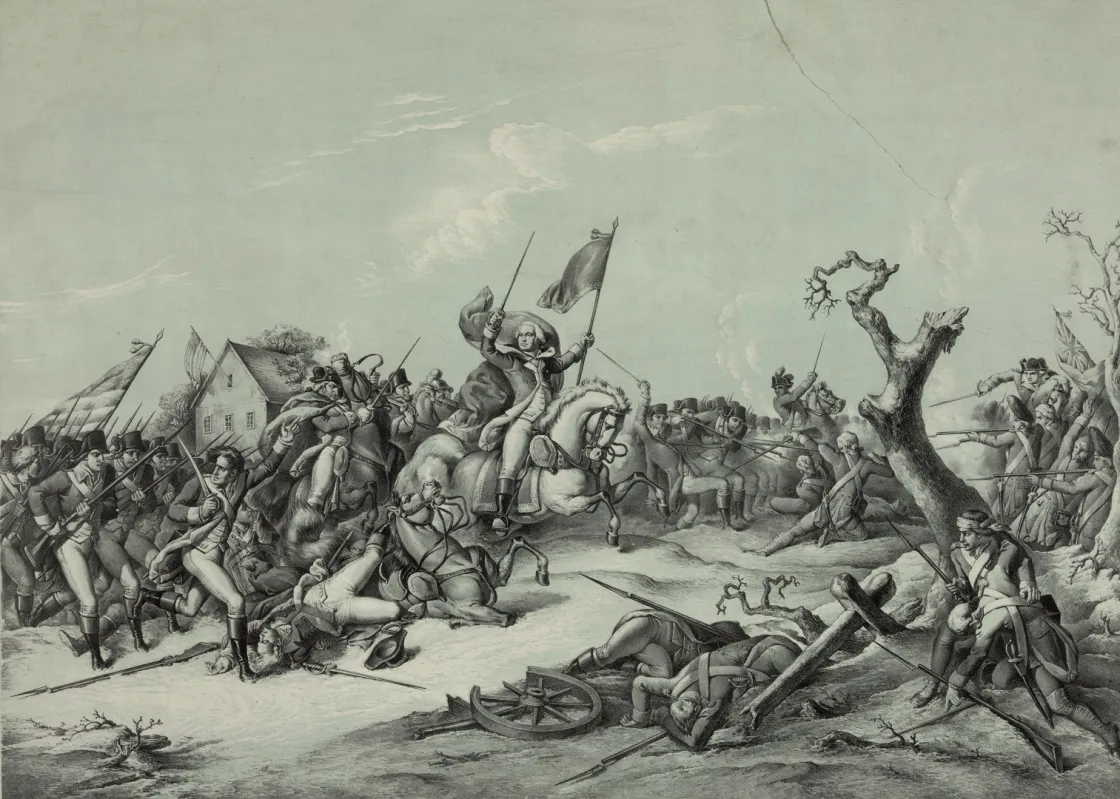
During the War of 1812, six companies of the “Dandy First” saw service, eventually reorganizing after the war into the Artillery Corps, Washington Grays. The First Troop continued its distinguished service in the War of 1812 when, following the August 25, 1814 Battle of Bladensburg and the British capture of the city of Washington, the Troop advanced to the front lines between the Delaware River and the Chesapeake Bay, where it played a critical role in helping to protect Philadelphia from a threatened British advance from Washington. The Troop also served as scouts outside Baltimore in September of 1814, helping to secure critical intelligence concerning the movement of British ships in the bay.
The Artillery Company of the 35th Regiment, another antecedent of one of today’s Pennsylvania National Guard Units—the Wilkes-Barre 109th Field Artillery of the distinguished 28th Infantry Division—also served with distinction during the War of 1812 when it supplied numerous volunteers to serve as cannonneers on Commodore Perry’s fleet during the iconic naval battle of Lake Erie. The Company’s contributions to the battle helped the Americans secure a victory that ensured control of the lake for the duration of the war and allowed for the critical reoccupation of Detroit.
During the Civil War, following President Abraham Lincoln’s April 15, 1861 call for troops to defend Washington, D.C. from the threat of Confederate invasion, five units from the state’s Lehigh Valley—the Ringgold Light Artillery of Reading, the Logan Guards of Lewistown, the Washington Artillery of Pottsville, the National Light Infantry of Pottsville, and the Allen Rifles of Allentown—hastened to the nation’s capital. Supplemented by a detachment of forty-fifty Regulars from the 4th Artillery, these five volunteer companies arrived in Baltimore on April 18th, where a mob of southern sympathizers harassed the troops and impeded their passage through the city. After enduring a shower of bricks, clubs, and stones, the Pennsylvanians boarded a train and proceeded to Washington, where they served in the forts surrounding the nation’s capital and in the Navy Yard, and helped defend the Washington Arsenal from Confederate invasion. President Abraham Lincoln lauded the Pennsylvanians as the “First Defenders”—a moniker proudly borne today by those units’ descendants, the 213th Area Support Group.
Following three months of service in 1861, the Washington Grays formed from their ranks the 118th and 119th Pennsylvania infantry regiments (the famed “Corn Exchange Regiment” and the “Gray Reserves,” respectively), which saw significant service in the middle of the fray at Antietam, Shepherdstown, Fredericksburg, Chancellorsville, Gettysburg, Bristoe, Rappahannock Station, Mine Run, the Wilderness, Spotsylvania, North Anna, Totopotomoy Creek, Cold Harbor, Opequan, Winchester, Washington, D.C., Petersburg, Five Forks, and Appomattox Court House, among other battles.
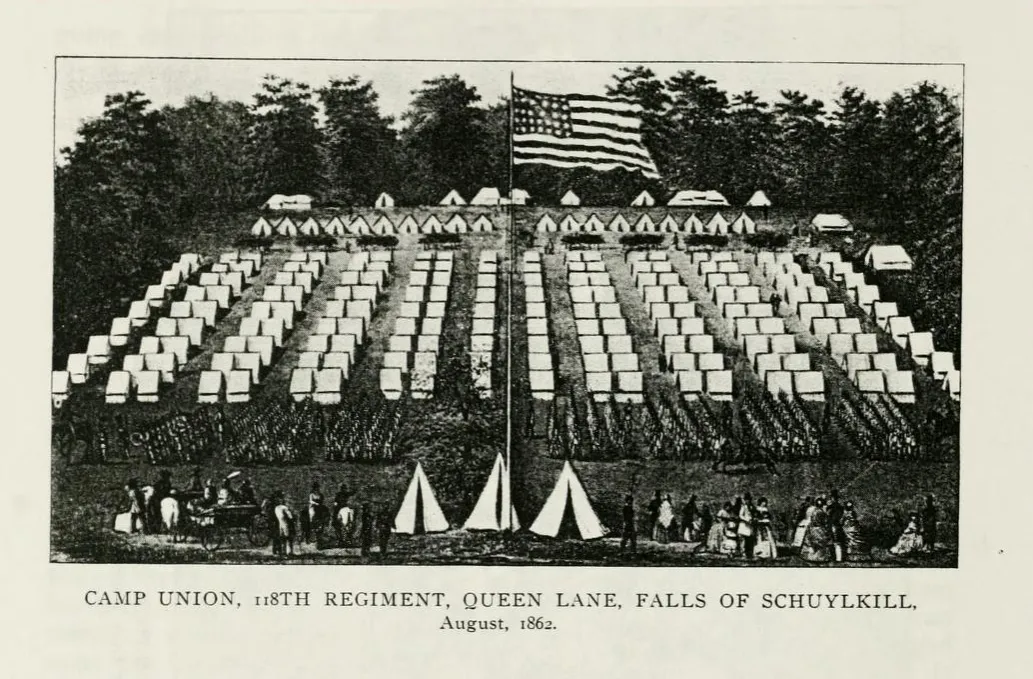
In August of 1861, veterans of the 18th Pennsylvania (formerly the old Philadelphia Brigade of Militia, and the antecedent of today’s 111th Infantry) joined up with members of the Philadelphia Volunteer Fire Department in August of 1861 to form the 72nd Pennsylvania (also known as the “Fire Zouaves”), which served until August, 1864 at the center of numerous major battles, including Harper’s Ferry, Yorktown, Seven Pines, Savage’s Station, Glendale, Malvern Hill, Antietam, Fredericksburg, Chancellorsville, Gettysburg, Bristoe, Mine Run, the Wilderness, Spotsylvania, North Anna, Totopotomoy Creek, Cold Harbor, Petersburg, and First Deep Bottom.
The predecessors to the Wilkes-Barre 109th Field Artillery (now reorganized as the 143rd Pennsylvania) also served in the Civil War from October of 1862 to June of 1865, fighting in key battles such as Chancellorsville, Gettysburg, Bristoe, the Wilderness, Spotsylvania, North Anna, Totpotomoy Creek, Cold Harbor, and Petersburg before being sent to Hart’s Island, New York to guard a local prison camp, as well as escort recruits and convalescents to the front lines until the end of the war.
The First Troop also saw action during the Civil War, providing vital reconnaissance concerning the movements of Generals “Stonewall” Jackson and J.E.B. Stuart during the summer of 1861. In June, 1863, the remaining members of the Troop (known today as the First Troop Philadelphia City Cavalry) that had not already joined up with other Federal units responded to an urgent plea from President Lincoln to help turn back General Lee’s advance into the Cumberland Valley. The First Troop arrived in Harrisburg on June 19 before proceeding on to Gettysburg on June 21, where they skirmished with Confederates who were scavenging in the town. The Troop also provided valuable reconnaissance around nearby Cashtown to Union General George concerning the whereabouts of Confederate cavalry under Generals J.E.B. Stuart and Albert Jenkins. The Troop participated in several skirmishes with Confederate cavalry for which many historians credit them with helping to slow down the Confederate advance over South Mountain, thereby buying valuable time for the Union army to consolidate around Gettysburg en masse and prepare for battle.
In 1870, the Pennsylvania legislature officially consolidated and renamed all of its state militia units (at that time, comprised entirely of volunteers) the “National Guard of Pennsylvania.” The National Guard would continue to serve in all of America’s major conflicts up through the present day, continuing its long, diverse, and distinguished service to the American people.
